In surviving a disaster scenario, knowledge is always power. The skills you possess will far outweigh any gear and gadgets when it comes to giving you and your family the best chance at survival.
In a worst-case scenario, we will be charged with rebuilding society from the ground up.
That means reverting back to our industrial roots when skills and trades done by hand were the true gears that kept civilization churning.
These skills will not only be effective to sustain yourself; they will also become an important part of the inevitable post-collapse barter economy. In normal times, you trade your time working for money to support yourself. When SHTF, you may have no choice but to trade your handiwork for food, tools, and anything else you may need to support your family.
Skills to Rebuild
With that said, some skills are bound to be in demand more than others. Doctors, farmers, engineers, and self-defense experts each possess vital survival abilities worth trading for, but what about more primitive jobs like masonry, woodworking, or blacksmithing/metalworking?
In the event we do have to rebuild society, rebuild will be the operative word. Construction, equipment repair, and tool making will no doubt become necessary to keep some semblance of routine and infrastructure. Thus, blacksmithing and metalworking–including the ability to weld–will become crucial skills in a post-disaster world.
Beginner Blacksmithing
Though it is a difficult skill to master, getting started with blacksmithing doesn’t require much. At minimum, you will need a hammer, a forge, an anvil, and a vice.
The most important element of a blacksmithing setup is the forge.
While industrial-grade forges can be quite large and complicated, you can make a homemade substitute out of things like brake drums, sheet metal, or a stainless steel sink. The forge can be fueled by propane, run on coal or charcoal, and oxygenated via a bellows, hairdryer, or direct blowing.
The anvil is the other crucial component to blacksmithing. Traditional blacksmithing anvils can sometimes be found at flea markets or online, though they can be quite expensive. Alternatively, any large, heavy piece of scrap steel can be used in place of a normal anvil.
Since hammer work is a crucial part of metalworking, you’ll want your anvil–whether bought or scrapped–to be at about waist level. You could fabricate yourself a stand, but tree stumps work just fine.
As for the hammer, a medium-weight ball peen hammer is all you’ll need for everyday blacksmithing jobs.
Hammer control is one of the hardest aspects of blacksmithing to master, but also one of the most important. Knowing how to hit your mark and how to use the hammer to shape metal properly takes practice and control, which will allow you to complete projects in less blows.
Sourcing Metal
Perhaps the most difficult part of fashioning a sustainable blacksmithing operation is sourcing the metal needed to make tools and repairs. Space is a limiting factor that plagues every prepper, especially when food, water, and medicine will always outweigh scrap steel when it comes to post-SHTF usefulness.
If you have the property to keep a cache of scrap metal, by all means do so. Source it from wherever it’s inexpensive and readily available, and don’t be afraid to recycle. Railroad spikes are pretty easy to obtain and make for good mediums for crafting knives and various hand tools.
A word of caution: stay away from galvanized metal, as it can be deadly if you breathe its fumes.
Learning to Weld
Welding can be done in a variety of ways, with some easier and more practical than others. Since flammable gases will be difficult to source after a disaster, an electrical arc welder will best serve the novice welder for most welding tasks.
If it is within your budget and part of your plan to practice blacksmithing/metalworking after SHTF, a welder/generator combo is worth consideration.
So long as you have an ample supply of gasoline or other suitable fuel, these machines will deliver both emergency power and basic welding capabilities.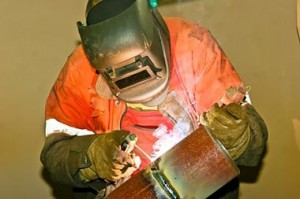
Both varieties are suited for tool making and equipment repair, though stick welders usually require more skill to operate.
On the other hand, flux-core welders are usually more expensive but easier to learn how to use.
However, flux-core welders may require more maintenance as they contain more moving parts and require additional consumables to power–something to consider when deciding between the two. Stick welding doesn’t take much to learn.
Seeing as you’ll mostly be tasked with small, simple jobs, you only need to learn which rods to use and which amperage to power your machine to properly join two pieces of metal.
Not only will welding give you the ability to create dozens of different tools and make necessary equipment repairs, it will also make you a more valuable asset to other preppers who may have goods or skills of their own to trade.
How to Get Started in Metalworking
There’s no better place to learn blacksmithing and welding than in the presence of an experienced tradesman. However, you can get started with the basics of these skills by taking a class at a community college, reading how-to books, watching the many instructional videos online, or visiting a living museum with a working blacksmith shop.
It will only take a few classes or lessons to learn the basics, which will award you with enough skill to make a simple blade, hook, or hinge. From there, the more you practice the more competent–and in demand–you will become.
This article has been written by Cody Griffin for Survivopedia.
Photo source: 123RF.


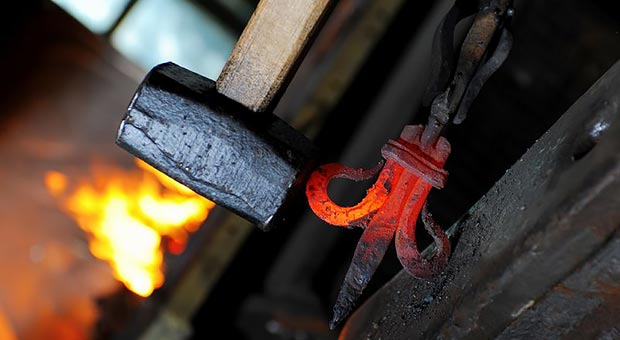
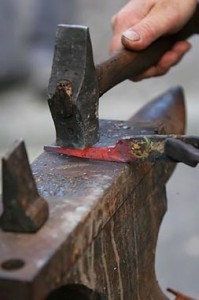

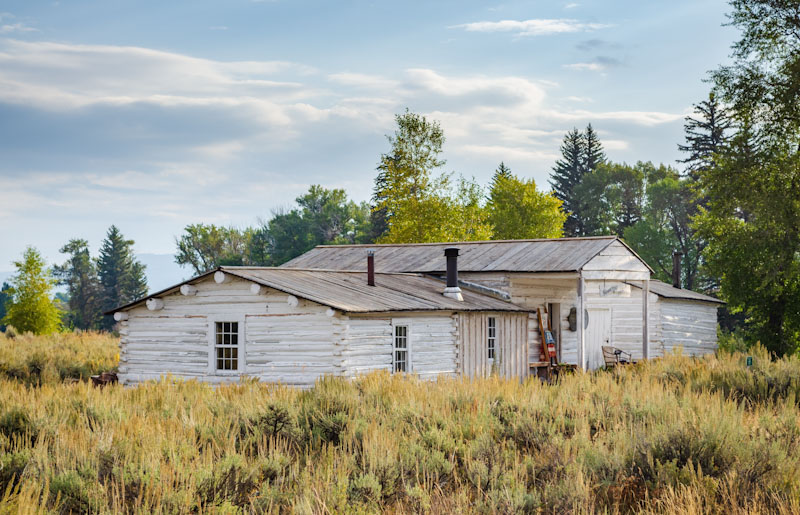

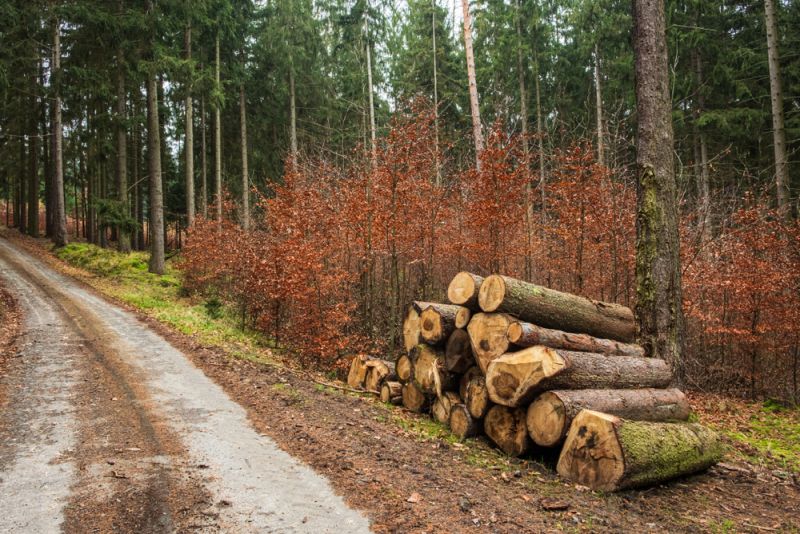
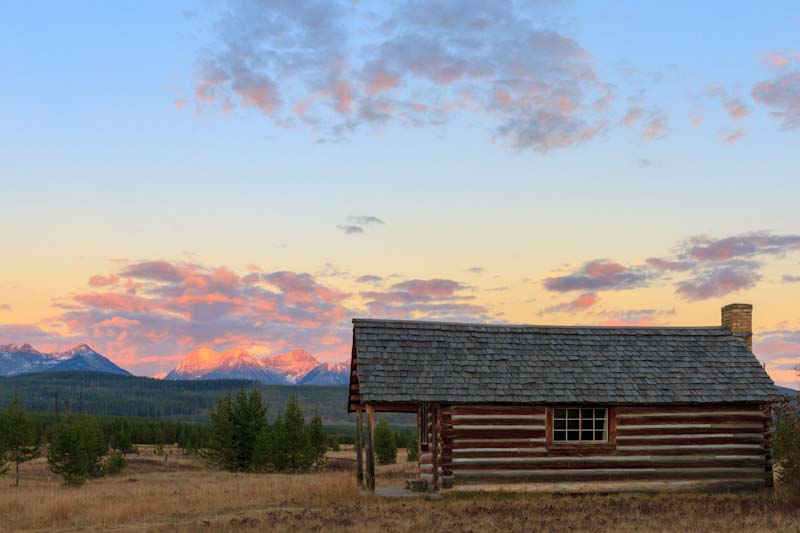

Pingback:Prepper Skills: Blacksmithing and Metalworking | TheSurvivalPlaceBlog | March 10, 2014
|
LameBear | March 10, 2014
|
“Stick welding doesn’t take much to learn”
Clearly, the author knows nothing about welding
James Moore | March 11, 2014
|
It’s not the knowledge it’s the skill that’s hard to master.
jimbow | March 12, 2014
|
for an anval a cut piece off of an old railroad rail. please don’t even think of taking an active rail piece. I think as a kid on the farm that’s what my dad had for some of the time.
thorbjorn war anvil | September 14, 2014
|
As a 9 year blacksmith i would just like to say that the author of this article clearly has nothing but theoretical knowledge of this trade. Though he did reference a few bits of factual information, you cannot simply see how to hammer out a knife and know how to make it a functional tool. Even with years of practice you may only learn to make things “pretty”, but in order to make them useful you need to understand metallurgy which could take years of research to comprehend. Rather than buying a fuel devouring machine for welding sheets of steel together you need to learn to forge weld in the likely event that you run out of fuel to run your welder… this takes many years of practice that cannot be obtained through theoretical knowledge and just a few practice runs. There is a specific tool for every job and knowledge that only trial and error will grant. This skill requires years of practice, frustration, and research… and with TEOTWAKI possibly just around the corner you need to start practicing and honing your skills immediately. I’m not trying to attack or belittle this author because at the very least those who read this article will know of the trade, i do however feel that an article about blacksmithing should be written by the smith, not the apprentice. That said if you’re considering taking up the trade.. read while you hammer. Don’t wait until you’ve read 100 articles, start now.
Pingback:Why You Need These 5 Basic Bushcraft Tools | Survival skills, survival guns, survival guide | February 25, 2015
|
Pingback:Off-Grid Science: Basic Physics That Saves Your Life | Survival skills, survival guns, survival guide | May 8, 2015
|
Pingback:10 Professions To Learn From To Survive The End Of The World | Survivopedia | October 30, 2017
|
Pingback:7 Bartering Rules To Write In Stone | Survivopedia | March 8, 2018
|